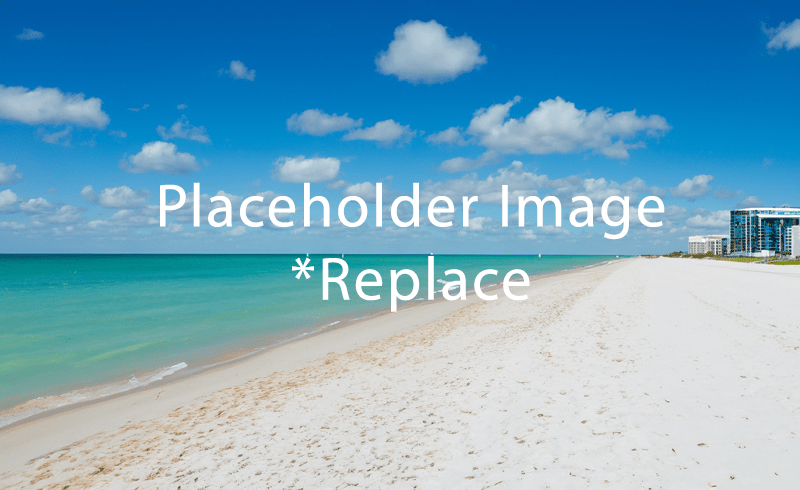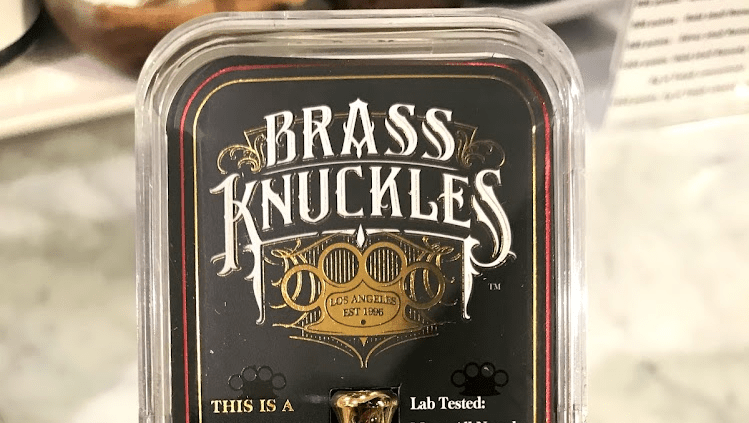The cannabis industry has entered a new era, one where sleek branding and luxury positioning matter just as much as cannabinoid content. In upscale markets across the U.S., high-end cannabis brands are no longer just niche players—they are defining how the plant is perceived in culture, retail, and consumer lifestyle. The question remains: how effective are luxury cannabis brands in appealing to affluent buyers?
Elevating Cannabis Beyond the Counterculture
For decades, cannabis carried an underground image, but legalization has transformed it into a mainstream product that can be dressed in luxury. Companies like Monogram by Jay-Z, Canndescent, and Kiva Confections have demonstrated that cannabis can sit in the same category as premium wines, spirits, or gourmet chocolates. By emphasizing small-batch cultivation, refined packaging, and a carefully crafted brand story, these companies attract consumers who equate exclusivity with quality.
Affluent shoppers don’t blink at premium price tags when they perceive value. A $60 pre-roll set or a $70 eighth isn’t about cost per milligram of THC—it’s about alignment with lifestyle. Cannabis, presented this way, becomes not just something to consume but something to collect, display, and enjoy as part of an identity.
Storytelling as a Luxury Commodity
In high-end markets, cannabis consumers often care less about raw potency and more about authenticity. That’s why storytelling is the centerpiece of many luxury cannabis campaigns. A brand like House of Puff connects with its audience by merging art, fashion, and cannabis culture, while Canndescent leans into experiential names like “Charge” or “Connect” instead of relying solely on strain genetics.
This approach works because affluent consumers want their purchases to carry meaning. They want to know the flower was grown with care, the edibles were crafted like fine confections, and that their money is going toward a brand with purpose. Storytelling provides that added layer of perceived value.
The Boutique Shopping Experience
Luxury cannabis thrives when paired with the right retail atmosphere. In neighborhoods like Beverly Hills, South Beach, and upscale districts of Las Vegas, dispensaries mirror the look and feel of luxury boutiques. Interiors are minimalist, polished, and designed to elevate shopping into an experience. Staff act as personal guides—similar to sommeliers—helping clients select strains or products that fit specific moods or occasions.
In these spaces, a $100 infused chocolate set or a designer vape pen feels natural, not excessive. The environment validates the brand’s premium positioning and makes consumers more likely to repeat purchases.
Effectiveness in Affluent Markets
The effectiveness of luxury cannabis brands in wealthy areas is clear: they thrive when they can balance exclusivity with authenticity. Consumers in affluent markets are not buying just for potency or price—they’re buying into an idea of prestige. However, luxury cannabis must walk a fine line. Overly polished branding without high-quality products quickly erodes trust, and affluent buyers are quick to move on to competitors who deliver both image and substance.
Closing Thoughts
Luxury cannabis is no passing trend. Its growth highlights how cannabis has matured into a product category that can compete with the world of fine goods. For affluent markets, luxury branding makes cannabis less of a commodity and more of a lifestyle marker. When brands succeed in merging premium product quality with compelling storytelling and a curated shopping experience, they don’t just sell cannabis—they sell status, exclusivity, and culture.
See who the leading brands in the U.S. are here.


